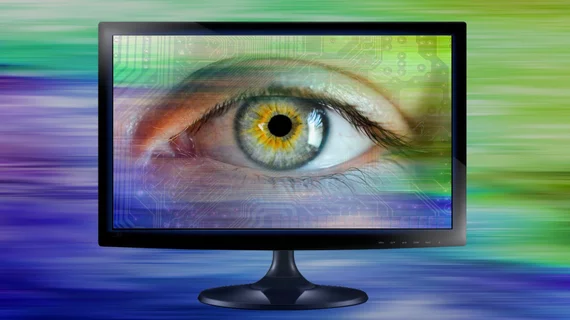Does placing a patient’s photograph in the EHR influence radiologist behavior?
Does placing a patient’s photo in the electronic health record influence radiologist behavior? It’s a question Harvard imaging experts set out to answer, sharing their findings Monday in JACR [1].
Previous research has demonstrated vast variation in physicians’ tendency to recommend additional diagnostic examinations, with head and neck imaging especially susceptible. However, psychological studies also have shown that seeing an individual’s face can change their actions—a dynamic especially relevant to rads who experience minimal patient interaction.
The multi-institution study experimented with including a patient photograph in the EHR alongside head and neck CT or MRI examinations. Experts found that those pictured in the system had a lower probability of receiving recommendations for additional imaging, which may be due to “personalization of the encounter.”
“This effect may influence radiology reporting for millions of patients per year,” Jeffrey P. Guenette, MD, with the Center for Evidence Based Imaging at Brigham and Women’s Hospital in Boston, and co-authors concluded. “Further research is needed to determine if the association has a positive or negative impact on care quality and outcomes.”
The retrospective study incorporated nearly 61,000 reports from over 48,000 patients treated between 2021-2022. At the time, the EHR included a photo for about 18% (or 11,048) of reports when radiologists signed off on them. Meanwhile, nearly 8% (or 4,522) of reports contained recommendations for additional imaging. Signed reports that contained a photograph in the EHR had 15% lower odds of including guidance for further imaging work-up (odds ratio = 0.85). Additional analysis revealed no clear interaction between patient race and the photo.
“This finding suggests that radiologist decision-making behaviors are modified when they see a patient photograph, but they do not appear to be modified due to implicit racial bias,” the authors noted.
Previous economics and psychological market research has shown that people respond and make decisions differently when they see faces. When considering that about 12% of radiology reports contain recommendations for additional imaging, a 15% lower chance of RAI has the chance to impact “millions,” the authors added.
“When placed in these contexts, our findings suggest that the presence of a patient photograph may personalize the radiologist’s patient encounter, making their decision-making process—specifically the decision on whether to recommend additional imaging—more subject to personal feelings,” Guenette et al. wrote. “Medical providers are subject to biases based on patient appearance during in-person and virtual visits. Our study adds to the literature on physician biases and is particularly unique in that it addresses factors that have confounded studies that investigated whether patients are treated differently in telephone visits versus video and office visits.”
Read more at the link below, including potential study limitations.

